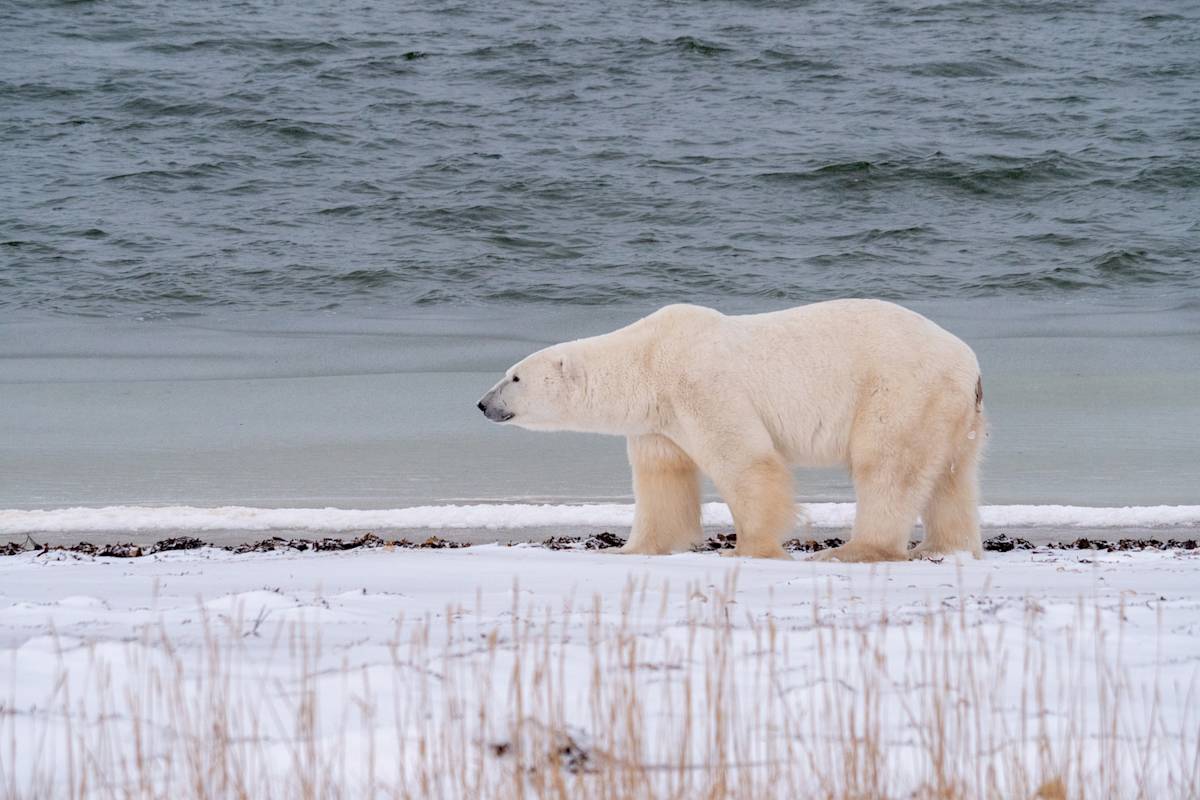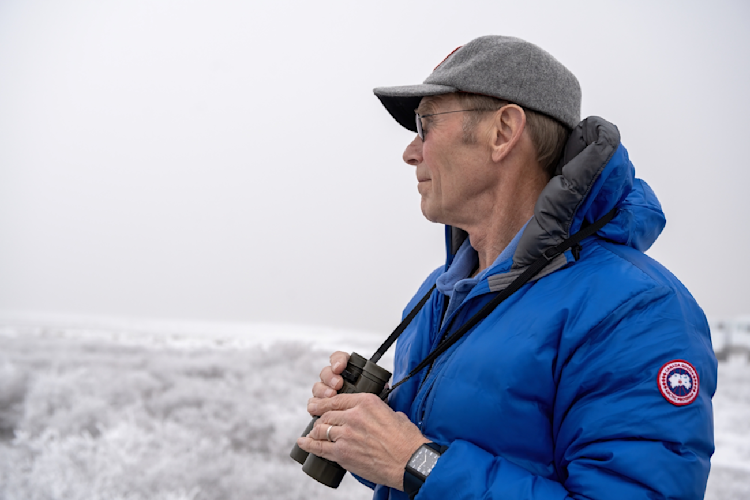
Photo: Kt Miller / Polar Bears International
Polar Bears and Evolution
MINS
25 Mar 2021
“Polar bears have evolved over hundreds of thousands of years to fit the environment they are in now. They cannot evolve fast enough to live in a world with significantly diminished sea ice.”
A 2012 DNA study of polar bears and brown bears suggested the divergence between brown bears and polar bears may have occurred as far back as five million years ago—during the very warm Pliocene Epoch. More recently, genetics researchers have suggested that this split occurred less than 600,000 years ago during the cold Pleistocene. These studies are interesting in terms of understanding how polar bears got to where they are today. But none really alter the risks polar bears face if we allow the climate to continue to warm.
It has been suggested that if polar bears did diverge from a common ancestor with brown bears during the warm Pliocene, perhaps they can survive the global warming humans are now causing. But we must remember that gene trees are not the same as species trees. When the earliest polar bear ancestor diverged from its common ancestor with the brown bear, it was not immediately like today’s polar bear—just as the earliest of humanoids differed greatly from us. Although the polar bear fossil record is sparse, it does show us that by about 120,000 years ago, during the cold Pleistocene, the polar bear was just like it is now. Regardless of its earliest ancestry, the world has been a cold place for about a million years and it was this cool climate that allowed evolution of the ice-loving polar bear of today.
At our current emissions pace, our earth will be warmer in 50 years than it has been for at least a million years. And unlike natural climate cycles of glacial and interglacial periods, the current human-caused warming will only stop if societies work together and halt the rise in atmospheric greenhouse gas concentrations.
Unabated fossil fuel combustion will soon increase Earth’s average temperature beyond anything today’s polar bear, which is highly specialized for hunting in the sea ice environment, has ever experienced. The fossil record shows us that polar bears have been as they are now for over 100,000 years. It also shows us that when sea ice left areas like the Baltic Sea at the end of the Pleistocene, polar bears didn’t adopt a terrestrial lifestyle, they just disappeared from those regions.
We still can halt warming in time to save polar bears over much of their current range. But regardless of how long or how short the polar bear’s evolutionary history has been, saving them is entirely up to us.

Photo: Jenny Wong
Meet Our Scientists
With researchers based in the U.S., Canada, Denmark, and Norway, our impact spans the circumpolar Arctic.
















